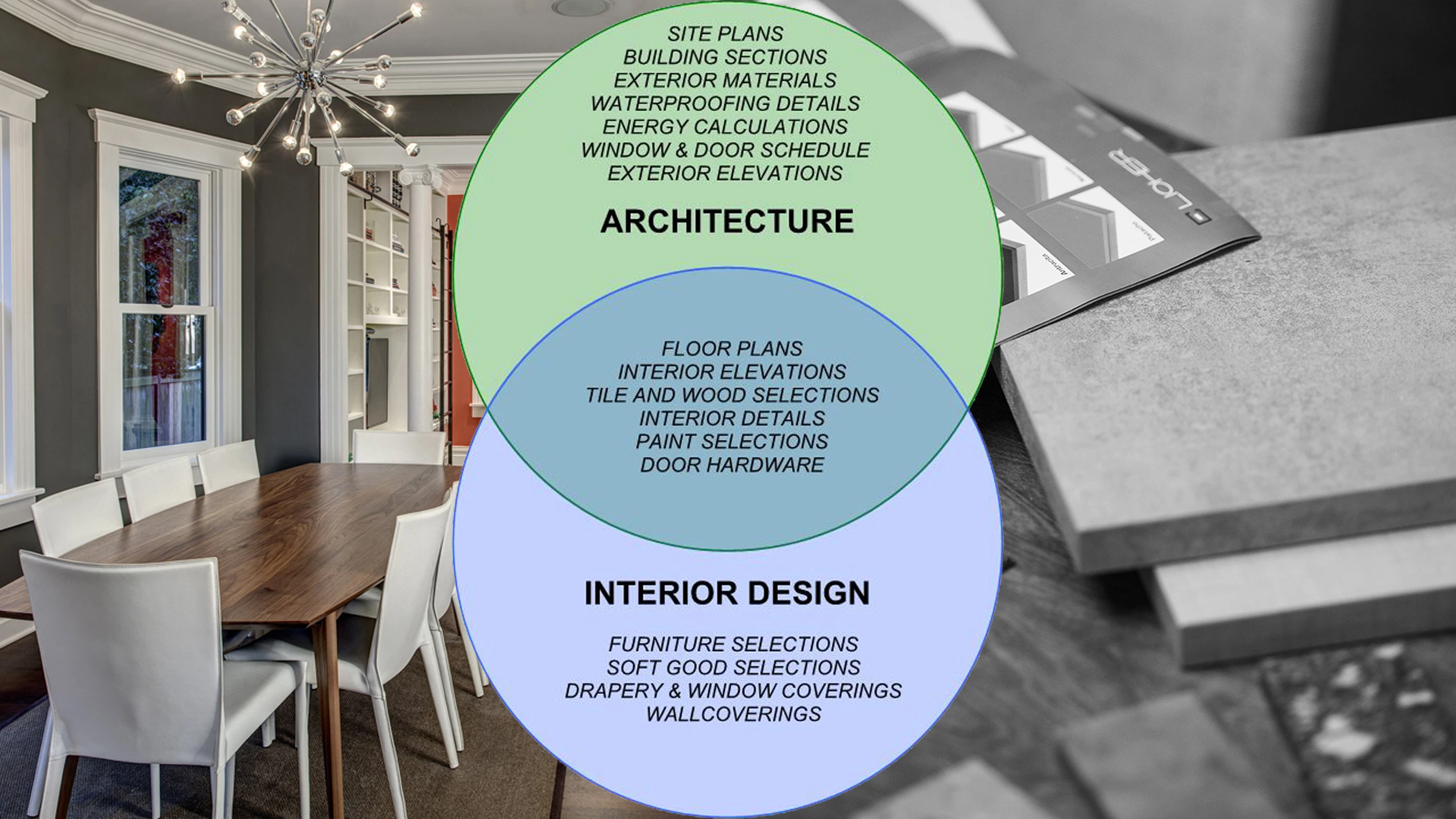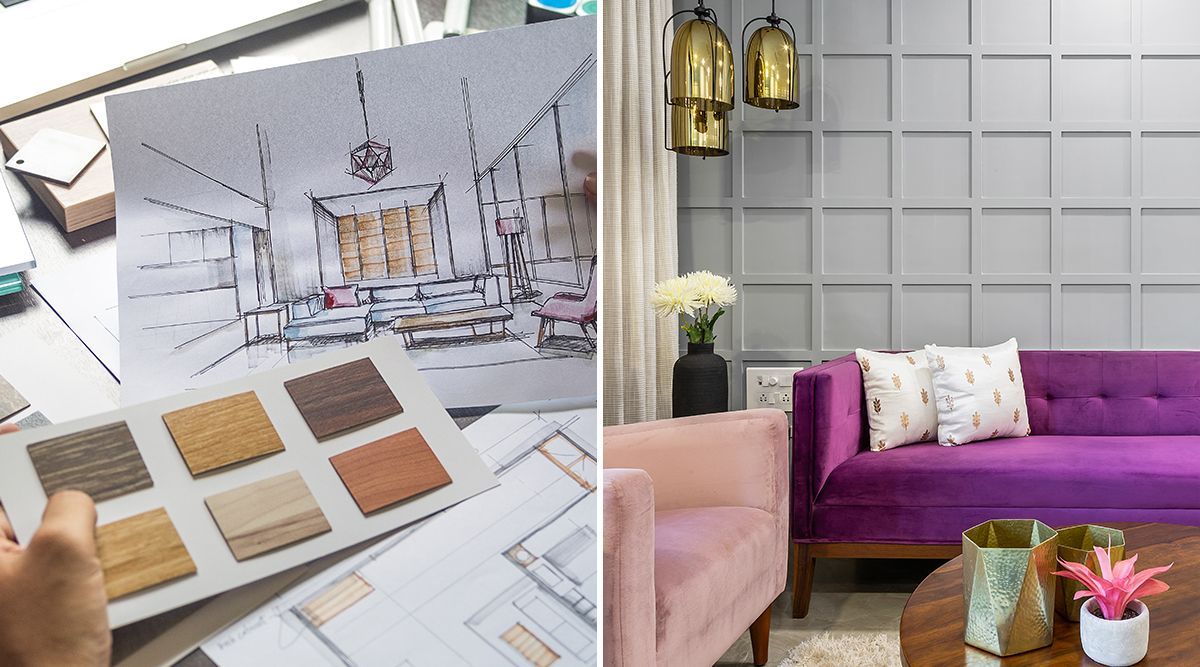Modern Hampshire Design Specialists Specializing in Sustainable Homes
Modern Hampshire Design Specialists Specializing in Sustainable Homes
Blog Article
The Art of Equilibrium: How Interior Design and Home Engineer Collaborate for Stunning Outcomes
In the realm of home style, striking an equilibrium in between appearances and functionality is no little task. This delicate equilibrium is accomplished via the harmonious collaboration between indoor developers and engineers, each bringing their unique expertise to the table. The result? Areas that are not just aesthetically stunning but also incredibly habitable. This best mix is not always very easy to achieve. Stick with us as we check out the intricacies of this collective process and its transformative effect on home style.
Understanding the Core Distinctions In Between Interior Decoration and Home Style
While both indoor design and home style play important functions in creating visually pleasing and useful spaces, they are inherently various disciplines. It deals with the 'bones' of the structure, functioning with spatial dimensions, load-bearing walls, and roof covering designs. On the various other hand, indoor design is a lot more worried with enhancing the sensory and aesthetic experience within that framework.
The Synergy Between Home Style and Interior Decoration
The harmony in between home style and Interior Design hinges on a common vision of style and the improvement of functional looks. When these 2 fields align harmoniously, they can transform a space from normal to phenomenal. This collaboration requires a deeper understanding of each self-control's concepts and the capacity to develop a cohesive, aesthetically pleasing atmosphere.
Unifying Style Vision
Merging the vision for home design and Interior Design can create a harmonious living area that is both practical and cosmetically pleasing. The equilibrium starts with an integrated frame of mind; architects and indoor developers collaborate, each bringing their knowledge. This unison of ideas forms the layout vision, a plan that guides the task. This shared vision is essential for uniformity throughout the home, guaranteeing a liquid shift from outside style to indoor rooms. It promotes a collaborating technique where architectural elements complement Interior Design elements and the other way around. The result is a natural space that reflects the home owner's way of living, character, and taste. Hence, unifying the style vision is essential in blending style and Interior Design for sensational outcomes.
Enhancing Functional Aesthetics
Just how does the synergy in between home design and Interior Design enhance useful aesthetic appeals? This synergy makes it possible for the development of spaces that are not just visually enticing but additionally comfortably functional. Architects lay the foundation with their architectural style, making certain that the area is reliable and functional. The interior designer then complements this with very carefully picked components that boost the aesthetic appeals without endangering the functionality. This harmonious cooperation can cause homes that are both liveable and attractive. For instance, an architect may make a house with big home windows and high ceilings. The indoor developer can after that emphasize these attributes with tall plants and sheer curtains, respectively, thus enhancing the aesthetic appeal while maintaining the useful benefits of natural light and spaciousness.
Value of Collaboration in Creating Balanced Spaces
The collaboration in between interior developers and designers is critical in creating balanced rooms. It brings harmony in between style and architecture, bring to life areas that are not only cosmetically pleasing however additionally practical. Exploring effective collaborative approaches can supply insights right into how this harmony can be successfully achieved.
Integrating Design and Style
Balance, an important facet of both Interior Design and architecture, can only absolutely be accomplished when these 2 fields operate in harmony. This consistency is not simply a visual consideration; it influences the functionality, resilience, and eventually, the livability of a room. Interior developers and architects must comprehend each various other's roles, value their know-how, and interact successfully. They need to take into consideration the interaction of structural aspects with decoration, the flow of rooms, and the impact of light and shade. This joint process causes a cohesive, balanced style where every element contributes and has an objective to the overall aesthetic. Therefore, harmonizing style and design is not almost creating stunning areas, yet concerning crafting rooms that function perfectly for their occupants.
Effective Collective Approaches

Case Researches: Effective Combination of Style and Architecture
Examining numerous study, it emerges how the effective combination of Interior Design and style can transform a room. The Glass Home in Connecticut, renowned for its minimalistic elegance, is one such instance. Architect Philip Johnson and indoor designer Mies basics van der Rohe teamed up to produce a harmonious balance in between the framework and the interior, leading to a seamless circulation from the exterior landscape to the internal living quarters. Another prototype is the Fallingwater Home in Pennsylvania. Architect Frank Lloyd Wright and indoor developer Edgar Kaufmann Jr.'s collaborative initiatives result in an amazingly distinct residence that blends with its natural environments. These study highlight the extensive impact of an effective design and design partnership.

Conquering Challenges in Layout and Design Cooperation
Regardless of the indisputable benefits of an effective cooperation in between Interior Design and architecture, it is not without its obstacles. Communication concerns can develop, as both parties may use various terms, understandings, and techniques in their work. This can result in misconceptions and delays in task conclusion. Another significant difficulty is the harmonizing act of aesthetic appeals and functionality. Designers might prioritize architectural integrity and safety and security, while designers concentrate on convenience and style. The assimilation of these objectives can be complicated. Additionally, budget plan and timeline restraints typically include stress, potentially creating rifts in the cooperation. As a result, reliable communication, good understanding, and compromise are critical to overcome these obstacles and attain a successful and harmonious cooperation.

Future Fads: The Progressing Relationship In Between Home Architects and Interior Designers
As the globe of home design proceeds to evolve, so does the connection between designers and indoor designers. The fad leans towards an extra collaborative and integrated strategy, breaking without conventional duties. Designers are no more only concentrated on architectural integrity, however additionally participate in improving visual appeal - click this link Winchester architect. On the other hand, indoor designers are embracing technical aspects, affecting total layout and performance. This advancing synergy is driven by developments in modern technology and the growing demand for areas that are not just aesthetically pleasing yet lasting and additionally practical. The future promises a much more natural, innovative, and adaptive method to home style, as designers and developers proceed to obscure the lines, fostering a visit this site relationship that really symbolizes the art of balance.
Final thought
The art of equilibrium in home style is achieved through the unified cooperation between interior developers and engineers. An understanding of each other's self-controls, effective communication, and shared vision are crucial in developing aesthetically spectacular, functional, and welcoming areas. Despite challenges, this collaboration promotes growth and technology in style. As the relationship between home designers and interior designers advances, it will continue to form future patterns, enhancing convenience, effectiveness, and personal expression in our space.
While both interior style and home architecture play vital roles in developing aesthetically pleasing and practical spaces, they are inherently various disciplines.The harmony between home design and indoor design exists in a common vision of design and the improvement of functional aesthetics.Merging the vision for home style and interior style can develop a harmonious living area that is both useful and aesthetically pleasing. Therefore, unifying the layout vision is essential in mixing style and interior design for sensational outcomes.
How does the synergy in between home style and indoor design improve practical aesthetics? (Winchester architect)
Report this page